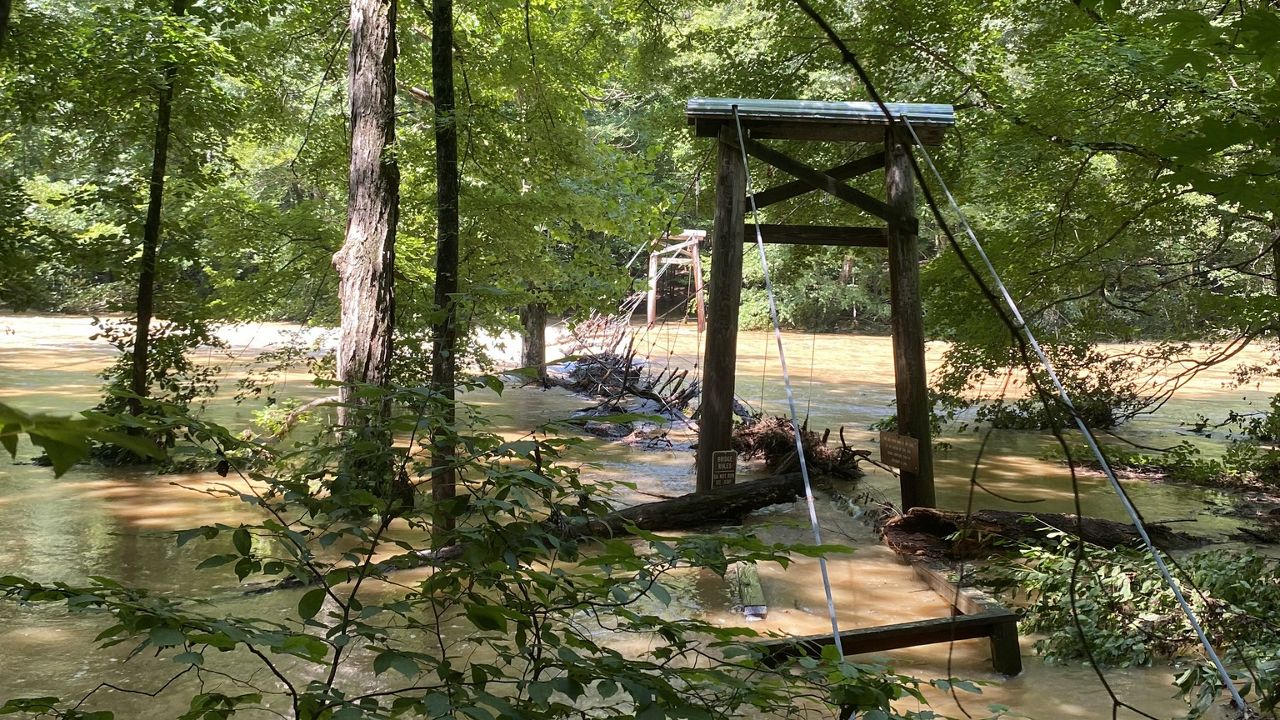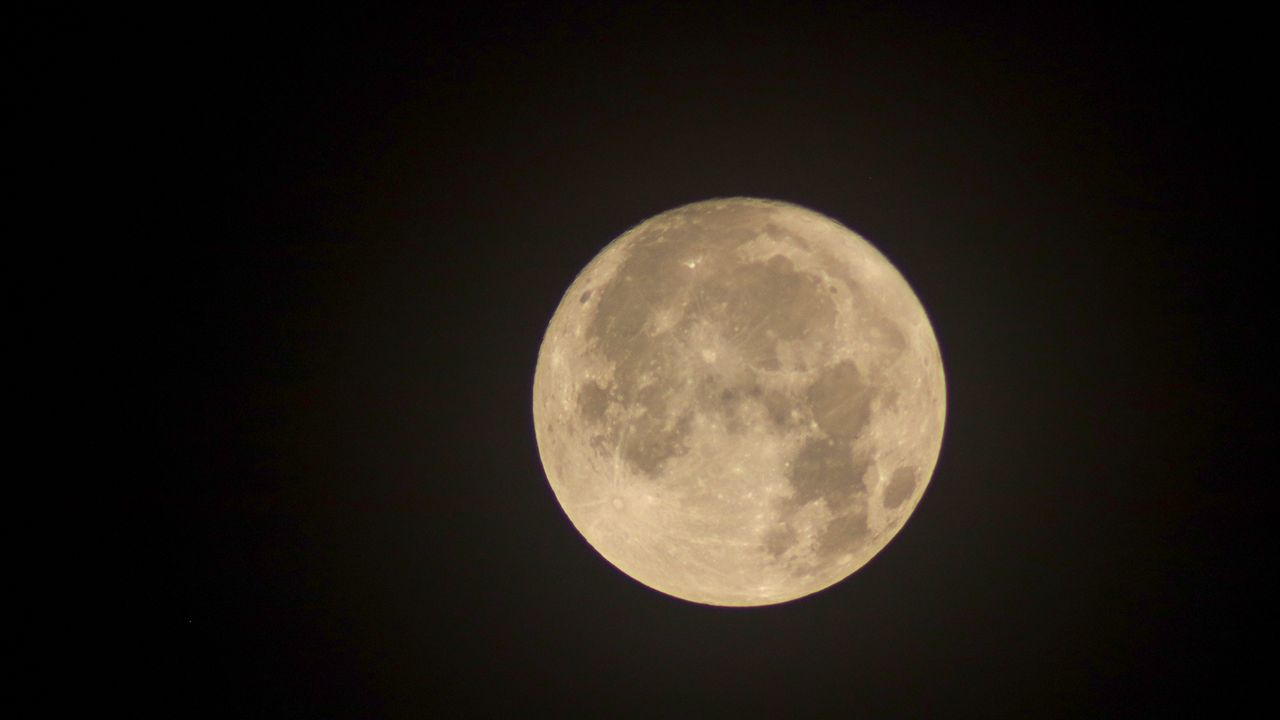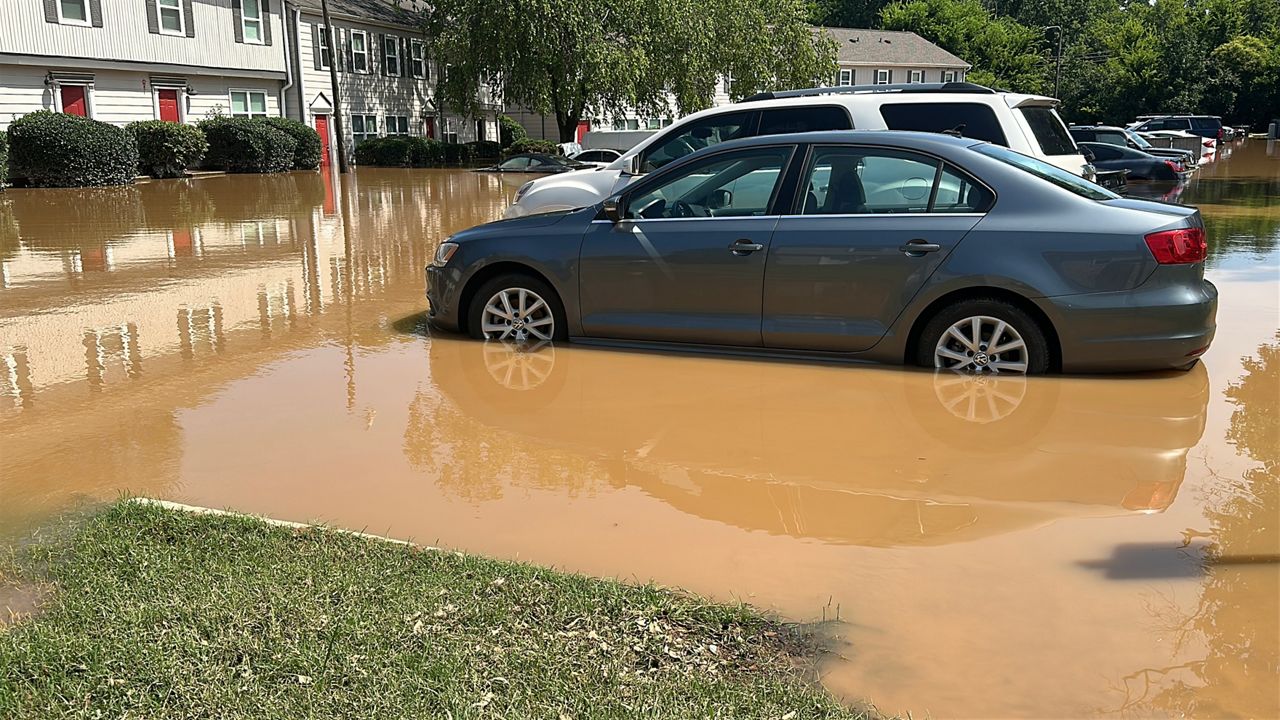In 20 years, an area can see a lot of different weather.
Since the launch of News 14 Carolina, now Spectrum News 1, on March 22, 2002, our weather team, like you, has dealt with almost every type of weather imaginable.
From winter storms to severe weather outbreaks to land-falling tropical storms and hurricanes, we've seen a lot of weather, but some events stand out a little more than others.
The idea of "Weather on the 1s" was hugely popular as soon as we launched the news channel. The idea of your local forecast every ten minutes met a need for our viewers. They knew that, around the clock, their forecast was there on the 1s.
But it was covering severe weather that made our mark. Weather on the 1s was a way to get a quick weather update on an average weather day and a calm weather day, but when the weather was not so average, we could go beyond the 1s and go around the clock if necessary.
And in the past 20 years, we have many times.
In the thousands of hours of weather coverage we've provided our viewers over the years, and all the severe weather we've covered, a few events stand out.
This was the first major weather event we covered after launching the news channel in March.
It was a massive ice event that covered most of North Carolina with a coating of ice on Dec. 4 and 5.
From the Foothills to the Coastal Plain, a layer of ice covered trees and power lines. Upwards of an inch of ice accumulated from the Triangle to Charlotte.
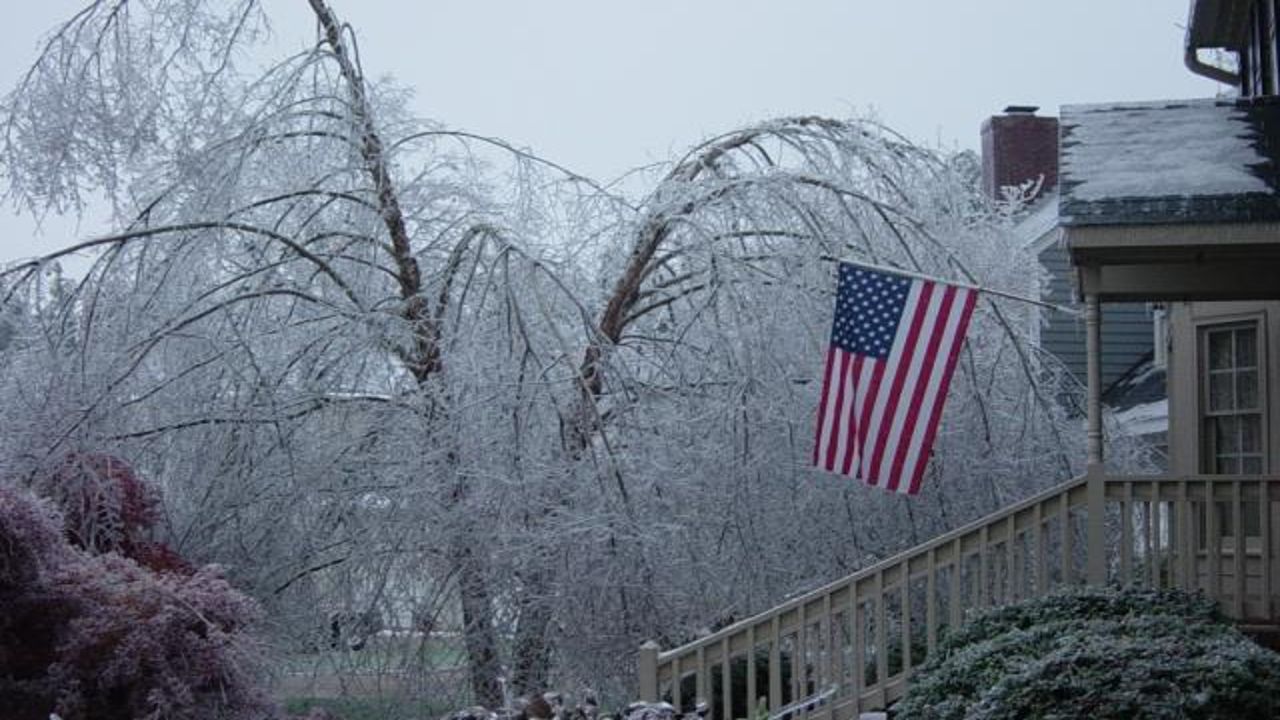
I spent the night at the station, sleeping on an office floor. I was up the next morning, well before sunrise.
From our parking lot, I could not see any lights, just complete darkness. During the live shots I did that morning from the outside of our building, the only sounds I heard were trees breaking and transformers exploding.
The smell of pine was strong in the air from all the pine trees in the area snapping.
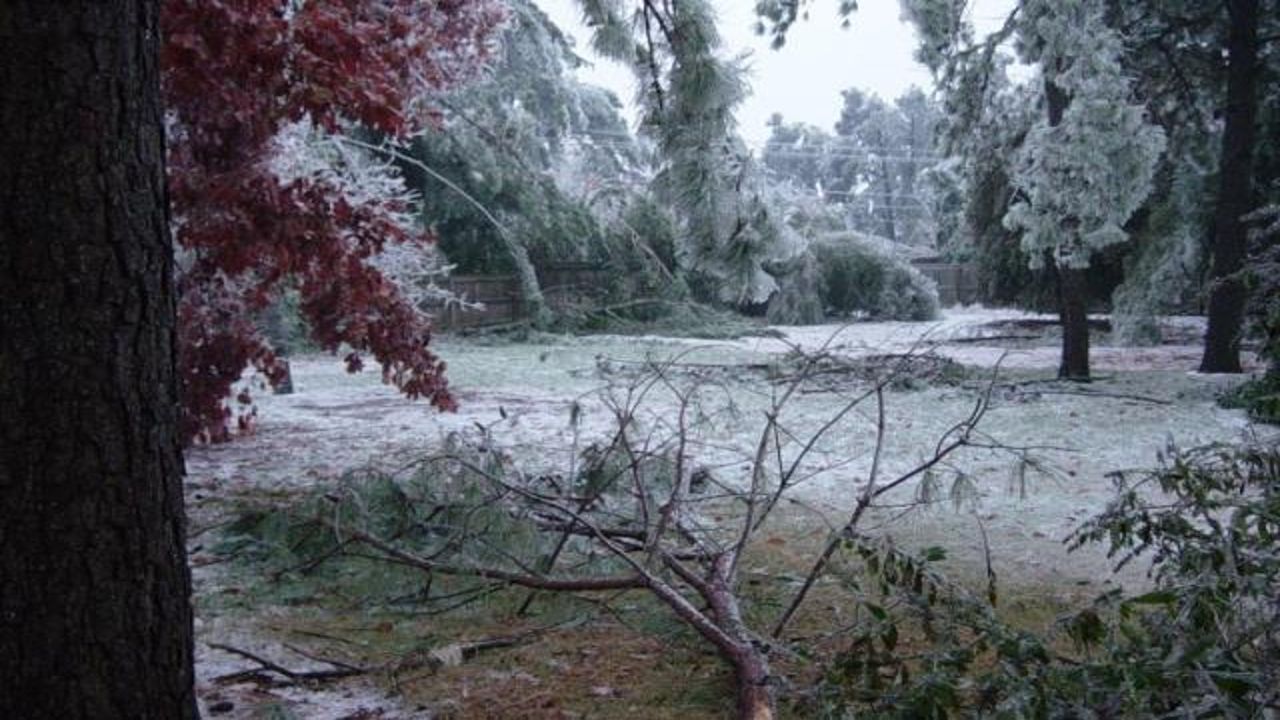
During the storm, almost 2 million people went without power. It took 10 days for crews to restore power in some areas.
Twenty-four people lost their lives during the storm.
Estimated damages during the storm reached over $110 million.
The odds of a white Christmas for central and eastern North Carolina are around 1%.
Well, in December 2010, we beat the odds.
)
That December had been a snowy one across central North Carolina with multiple small winter weather events, but Mother Nature saved the biggest snow for Dec. 25 and 26.
A developing winter weather setup led to the western parts of North Carolina getting snow on Christmas Day and the central and eastern parts of North Carolina getting their snow on Dec. 26.

For me, the snow meant trading Christmas with my family to having Christmas with my work family.
I will never forget looking out the window of my hotel at midnight, down the street from the TV station, and watching the first snowflakes fall.
To be honest, it was a little depressing for two reasons. One, this would not be a "true" white Christmas for central North Carolina and second, I was not with my family on Christmas night.
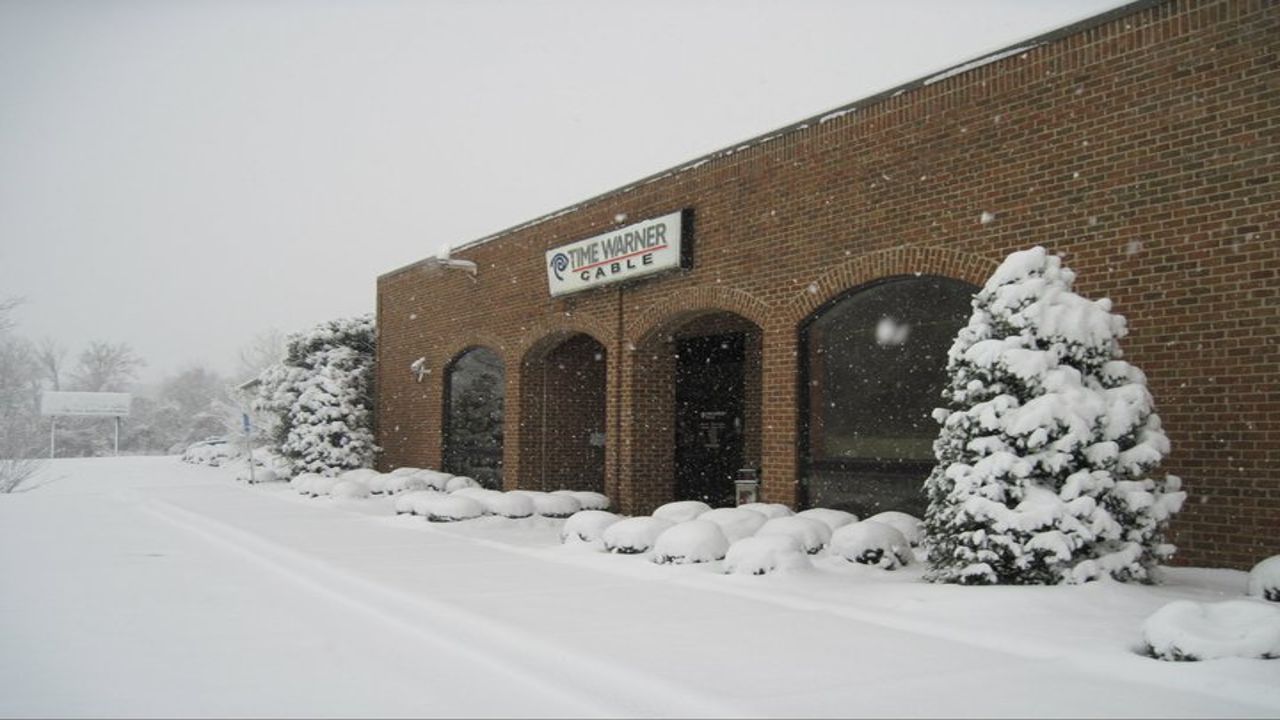
But that night, the snow came down, and the day after Christmas was certainly white across central and eastern North Carolina, as between 4 to 12 inches of snow fell over most of the state.
The one weather event that sticks out the most in the 20 years since we launched is a severe weather event, an event like I've never covered before in my three plus decades of broadcast meteorology: the April 2011 tornado outbreak.
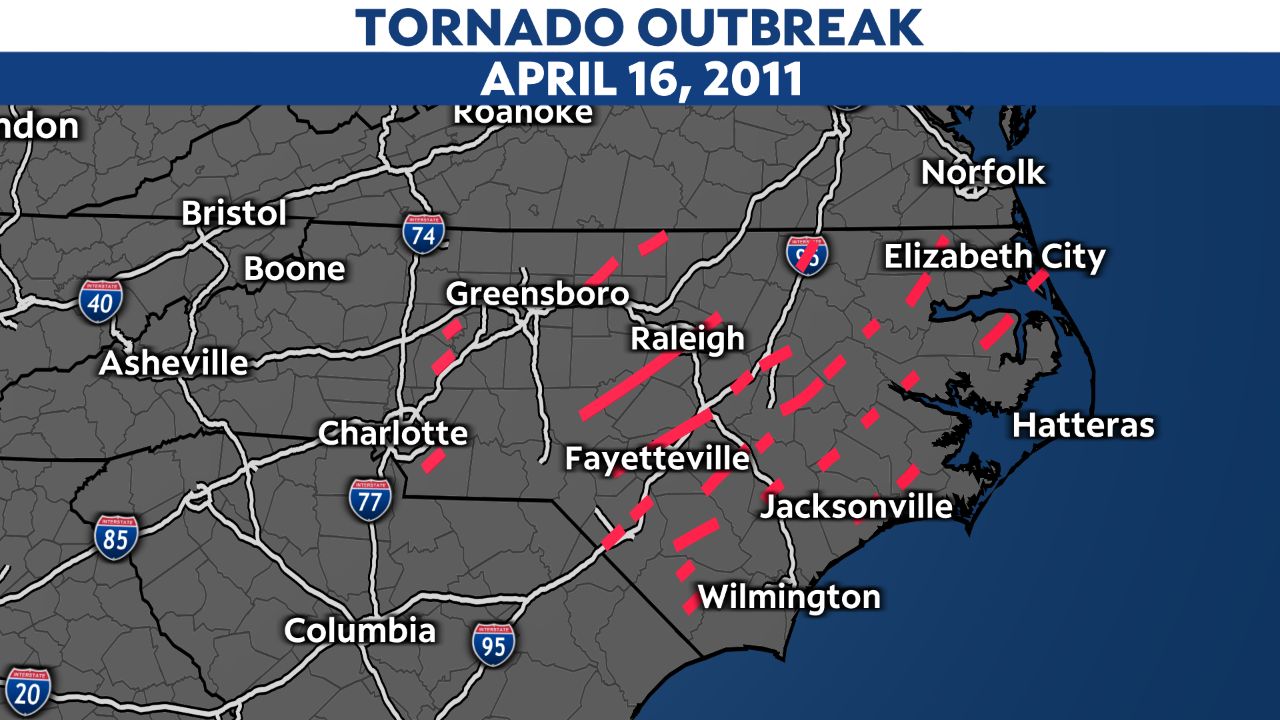
We saw this event coming days in advance, but even with that notice, the event was surprising and changing.
Going into the event, my thoughts were "what are we facing?" and "how bad can it be?"
Just after noon on April 16, we found out.
At 12:21 p.m. we jumped into tornado coverage that would last for the next nine hours and eleven minutes.
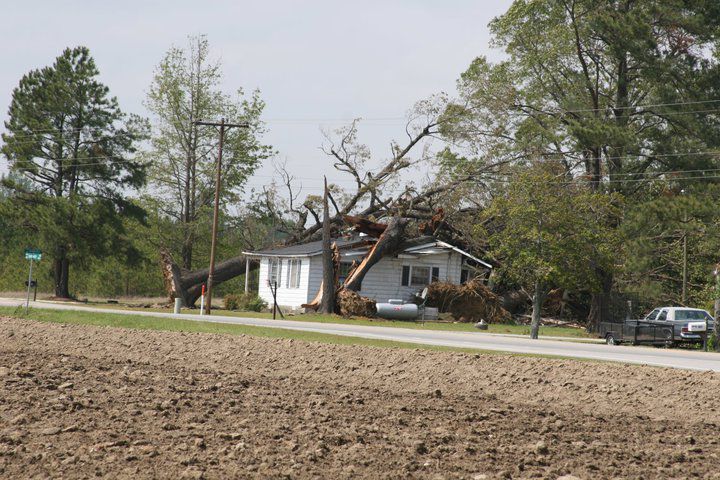
One tornado passed within a few miles of the TV station as I was on air. I remember saying during that time, as our staff was heading to safe areas in our building, that "I would stay on-air and go under the desk and keep broadcasting if necessary."
I still vividly remember saying that as I watched out the weather center window, wondering if I could see the tornado and wondering if it would break.
I didn't see the tornado. It was rain wrapped, and thankfully, the window didn't break.
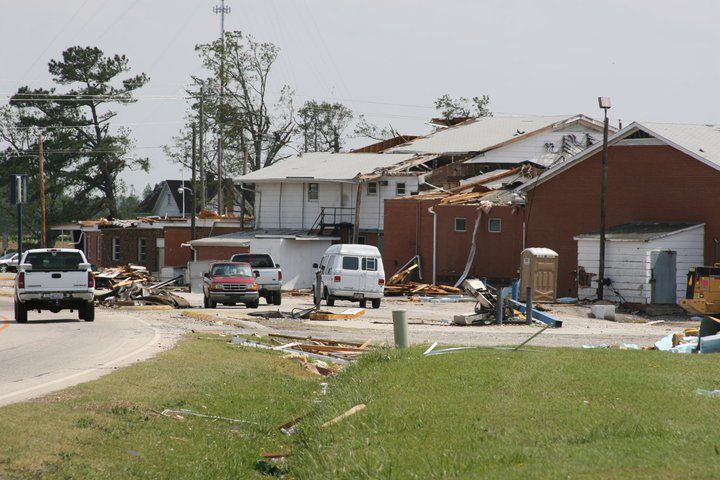
At the end of that 9+ hours of coverage, there had been 30 confirmed tornadoes across central and eastern North Carolina, a one-day record for the state.
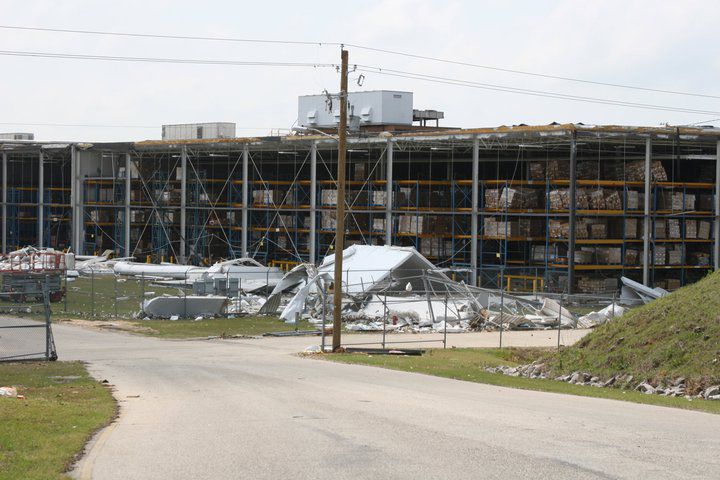
Twenty-four people lost their lives during the outbreak.
Overall, the severe weather event caused upwards of a half-billion dollars' worth of damage.
The central North Carolina news channel was the first of five across the state.
The Charlotte news channel launched a few months later in June. A few years after that, we expanded into the Triad.
After starting the Triad channel, we launched the coastal news channel, and within the past two years, we started the western North Carolina news channel.
Spectrum News 1 now covers all of North Carolina, from the mountains to the coast, and that dedication to weather coverage continues.
Around the clock, 365 days a year, you can always count on our Weather on the 1s team for complete weather coverage on sunny days and not-so-sunny days.





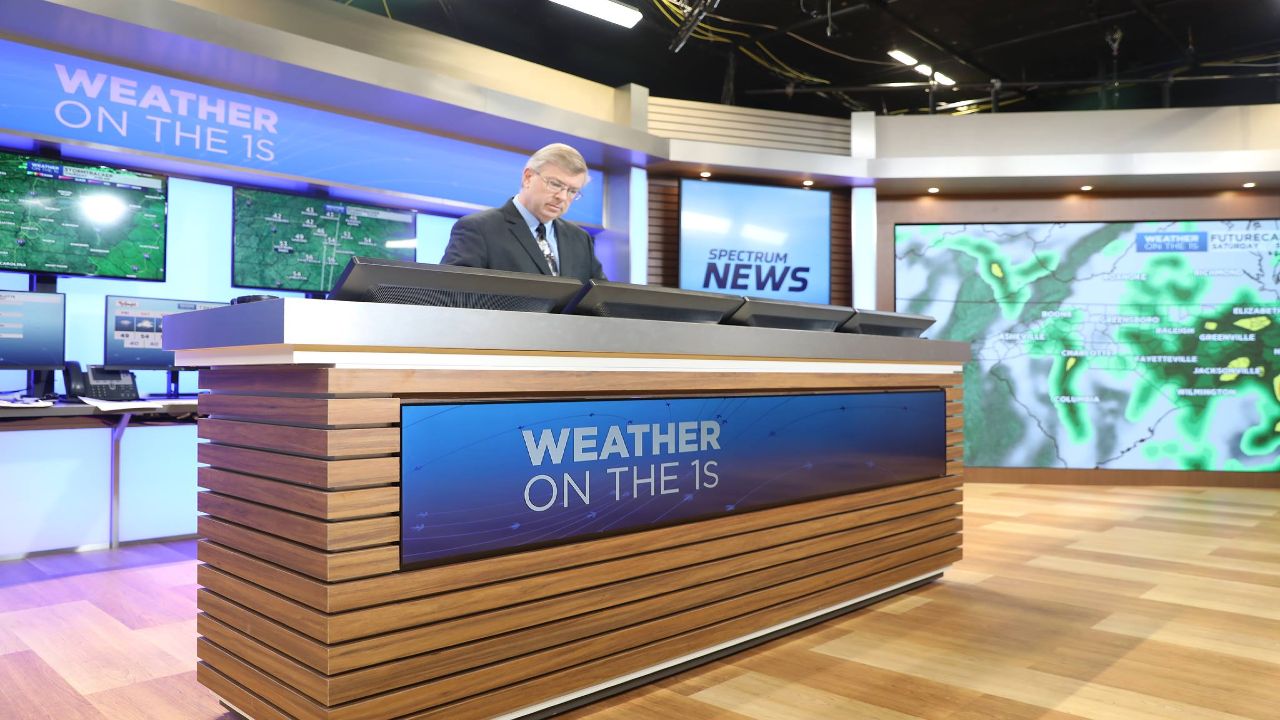
-1)
